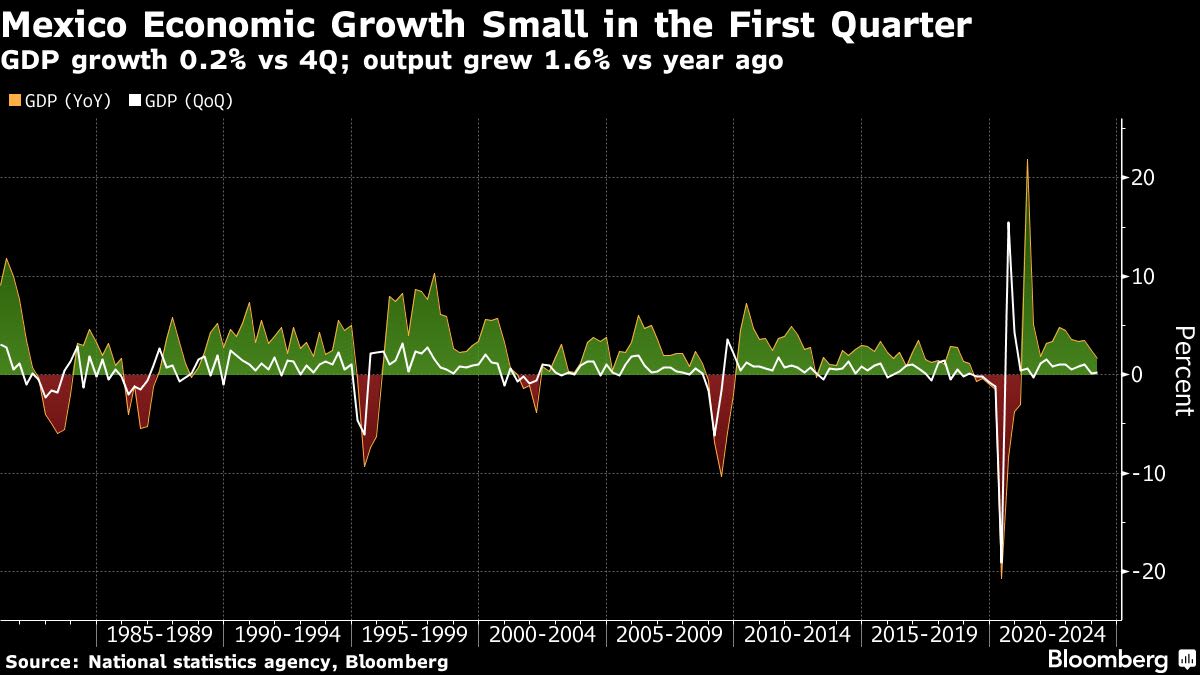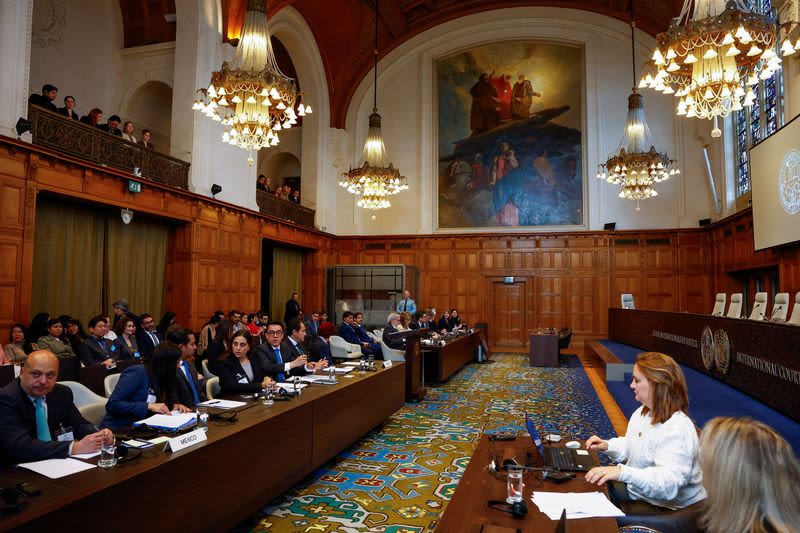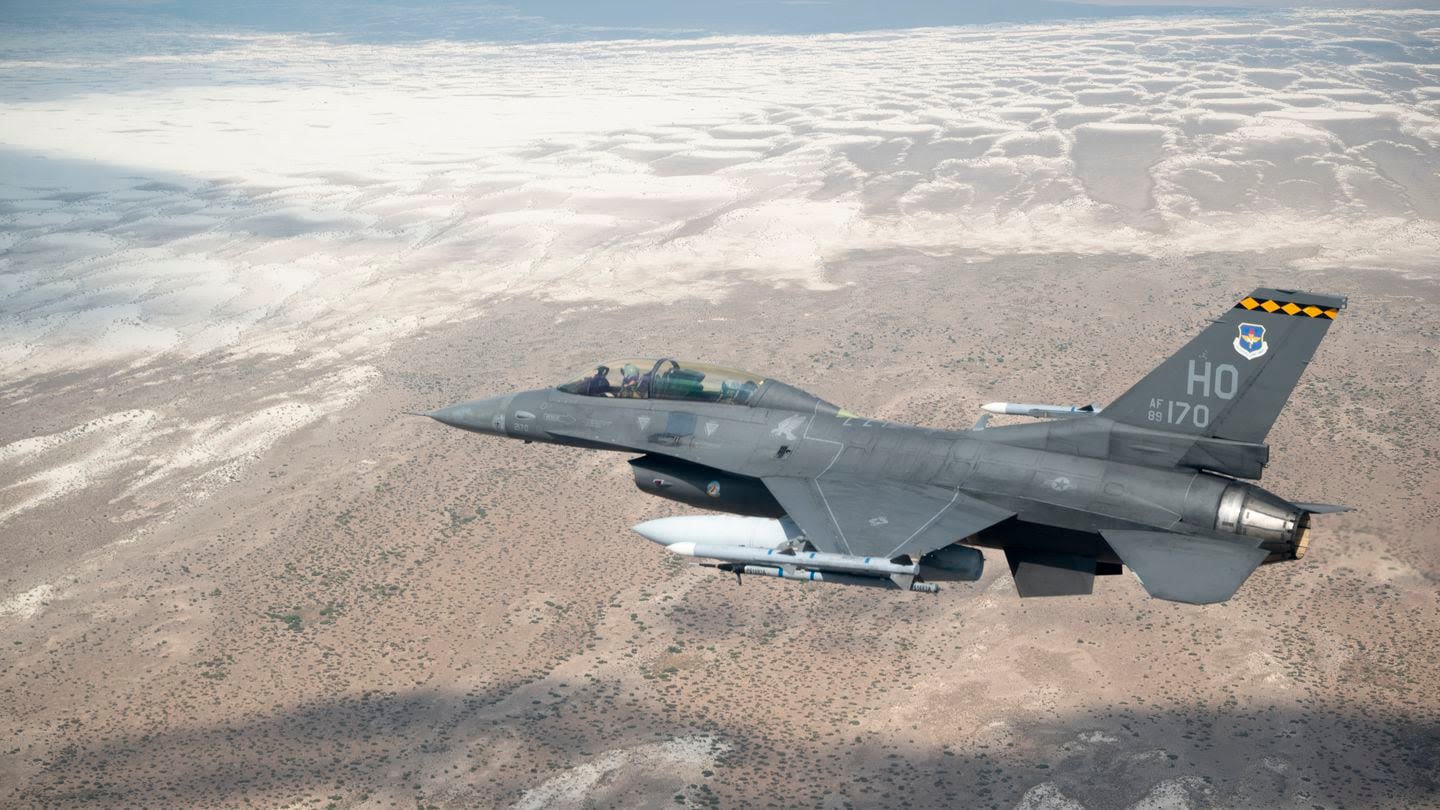Search results
News about Mexico, armed men, hospital
News about Mexico, Ecuador, embassy raid
News about Holloman Air Force Base, Air Force, New Mexico
Also in the news
Mexico, [a] [b] officially the United Mexican States, [c] is a country in the southern portion of North America. It covers 1,972,550 km 2 (761,610 sq mi), [11] making it the world's 13th-largest country by area; with a population of almost 130 million, it is the 10th-most-populous country and the most populous Spanish-speaking country. [12]
- Federal presidential republic
- Overview
- Land
Mexico, country of southern North America and the third largest country in Latin America, after Brazil and Argentina. Mexican society is characterized by extremes of wealth and poverty, with a limited middle class wedged between an elite cadre of landowners and investors on the one hand and masses of rural and urban poor on the other. But in spite of the challenges it faces as a developing country, Mexico is one of the chief economic and political forces in Latin America. It has a dynamic industrial base, vast mineral resources, a wide-ranging service sector, and the world’s largest population of Spanish speakers—about two and a half times that of Spain or Colombia. As its official name suggests, the Estados Unidos Mexicanos (United Mexican States) incorporates 31 socially and physically diverse states and the Federal District.
More than half of the Mexican people live in the centre of the country, whereas vast areas of the arid north and the tropical south are sparsely settled. Migrants from impoverished rural areas have poured into Mexico’s cities, and nearly four-fifths of Mexicans now live in urban areas. Mexico City, the capital, is one of the most populous cities and metropolitan areas in the world. Mexico has experienced a series of economic booms leading to periods of impressive social gains, followed by busts, with significant declines in living standards for the middle and lower classes. The country remains economically fragile despite the forging of stronger ties with the United States and Canada through the North American Free Trade Agreement (NAFTA).
Mexico’s urban growing pains are in sharp counterpoint to the traditional lifestyles that prevail in more-isolated rural areas. In states such as Oaxaca or Chiapas, small communal villages remain where indigenous peasants live much as their ancestors did. The cultural remnants of great pre-Columbian civilizations, such as Teotihuacán or the Mayan pyramids at Chichén Itzá and Tulum, provide a contrast to colonial towns such as Taxco or Querétaro. In turn, these towns appear as historical relics when compared with the modern metropolis of Mexico City. Yet even the bustling capital city, which has been continually built and rebuilt on the rubble of past civilizations, reveals Mexico’s wide range of social, economic, and cultural struggles. As the renowned Mexican poet and intellectual Octavio Paz observed,
Past epochs never vanish completely, and blood still drips from all their wounds, even the most ancient. Sometimes the most remote or hostile beliefs and feelings are found together in one city or one soul, or are superimposed like [pre-Columbian] pyramids that almost always conceal others.
It is this tremendous cultural and economic diversity, distributed over an enormously complex and varied physical environment, that gives Mexico its unique character.
Britannica Quiz
Sharing a common border throughout its northern extent with the United States, Mexico is bounded to the west and south by the Pacific Ocean, to the east by the Gulf of Mexico and the Caribbean Sea, and to the southeast by Guatemala and Belize. Mexico also administers such islands and archipelagoes as the Tres Marías in the Pacific and Cozumel and Mujeres off the coast of the Yucatán Peninsula. Including these insular territories, the roughly triangular country covers an area about three times the size of Texas. While it is more than 1,850 miles (3,000 km) across from northwest to southeast, its width varies from less than 135 miles (217 km) at the Isthmus of Tehuantepec to more than 1,200 miles (1,900 km) in the north.
Special offer for students! Check out our special academic rate and excel this spring semester!
- Home to some of Mexico's only waterfront Mayan ruins, Tulum appeals to history buffs and water lovers alike. Positioned along a stretch of the Riviera Maya, the area offers numerous lodging options, ranging from small boutique hotels to wellness retreats to all-inclusive resorts.
- Playa del Carmen boasts an exciting food scene, with eateries dishing out everything from delectable tacos and tostadas to sushi and expertly cooked seafood, plus an even hipper bar culture.
- Sand, nightclubs, all-inclusive resorts and inexpensive flights from the U.S. make Cancun a go-to spot for spring breakers and vacationers seeking an easy beach getaway.
- This island is probably best known for two things: coral reefs and cruise ships. Travelers love this destination's brilliant blue water and laid-back beaches, plus its abundance of water sports.
- Mexico City. Best place for art and vibrant culture. Wondering where to go for your first trip to Mexico? Start in the bustling capital that brims with skyscrapers, markets, gardens and parks, awe-inspiring museums and more than 22 million residents.
- Isla Holbox. Best island for bioluminescence and flamingos. For its size, Isla Holbox packs a strong biodiversity punch. Only a mile wide and 26 miles long, this is one of the best places to visit in Mexico to see bubblegum-pink flamingos in the wild (head to Punta Mosquito), catch a glimpse of whale sharks (between mid-May and mid-September), and witness the mesmerizing show of bioluminescent phytoplankton glimmering in the water.
- San Miguel de Allende. Best place for craft shops and folk art. This Mexican beauty has it all: a fantastic spring-like climate, extraordinary light, breathtaking architecture, superb handicraft shopping, and well-attended art workshops.
- Bacalar. Best place for lagoon living and Maldives vibes. Everything about Bacalar is magical. Not only was it recognized by the Mexican government as a Magic Town (Pueblo Mágico) in 2006, but it’s also known for its ethereal jewel-toned lagoon, serene spas offering Mexican healing rituals and a distinct bohemian vibe.
Mexico is a country of southern North America and the third largest country in Latin America. It is one of the chief economic and political forces in Latin America, with a dynamic industrial base, vast mineral resources, a wide-ranging service sector, and the world’s largest population of Spanish speakers.
Mexico is currently the second-largest (after Canada) goods trading partner of the US with nearly $780 billion in two-way goods trade in 2022. Mexico's GDP contracted by 8.2% in 2020 due to pandemic-induced closures, its lowest level since the Great Depression. Mexico’s economy is rebounding; it grew by 4.8% in 2021, driven largely by ...





